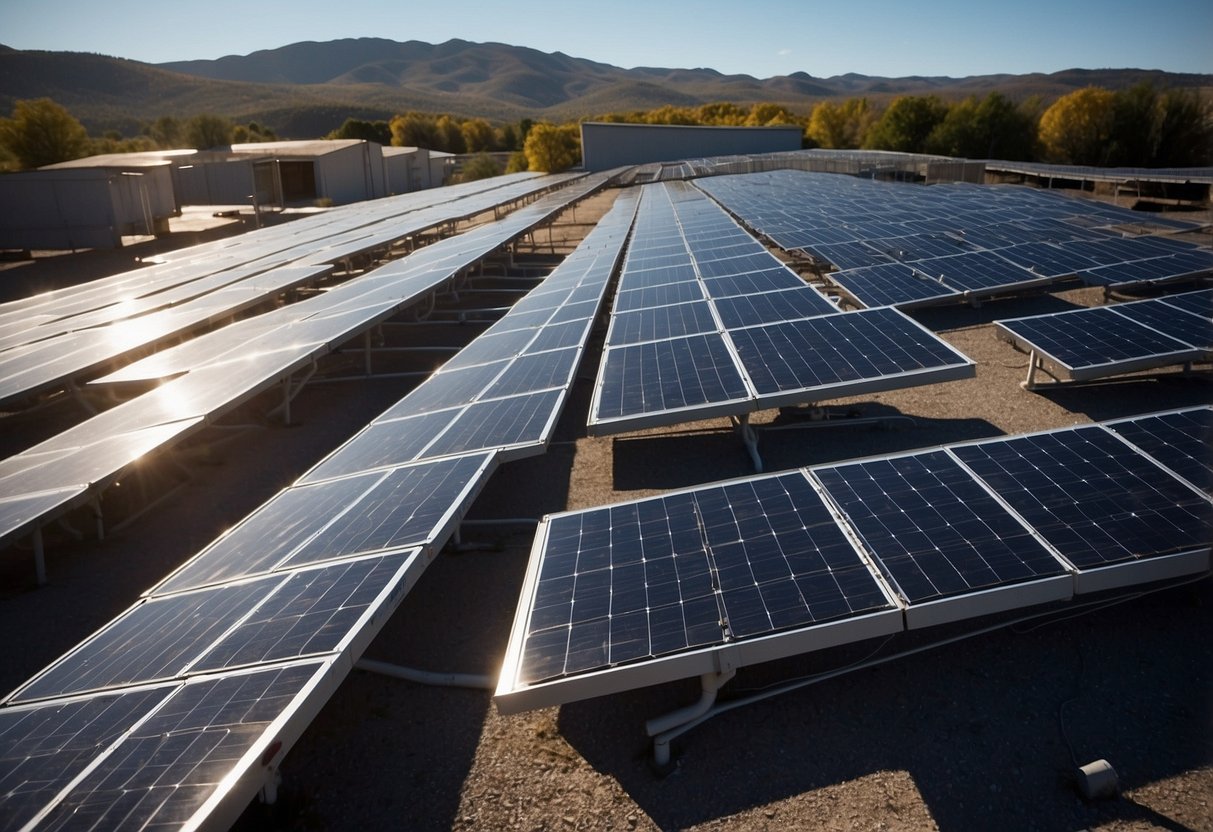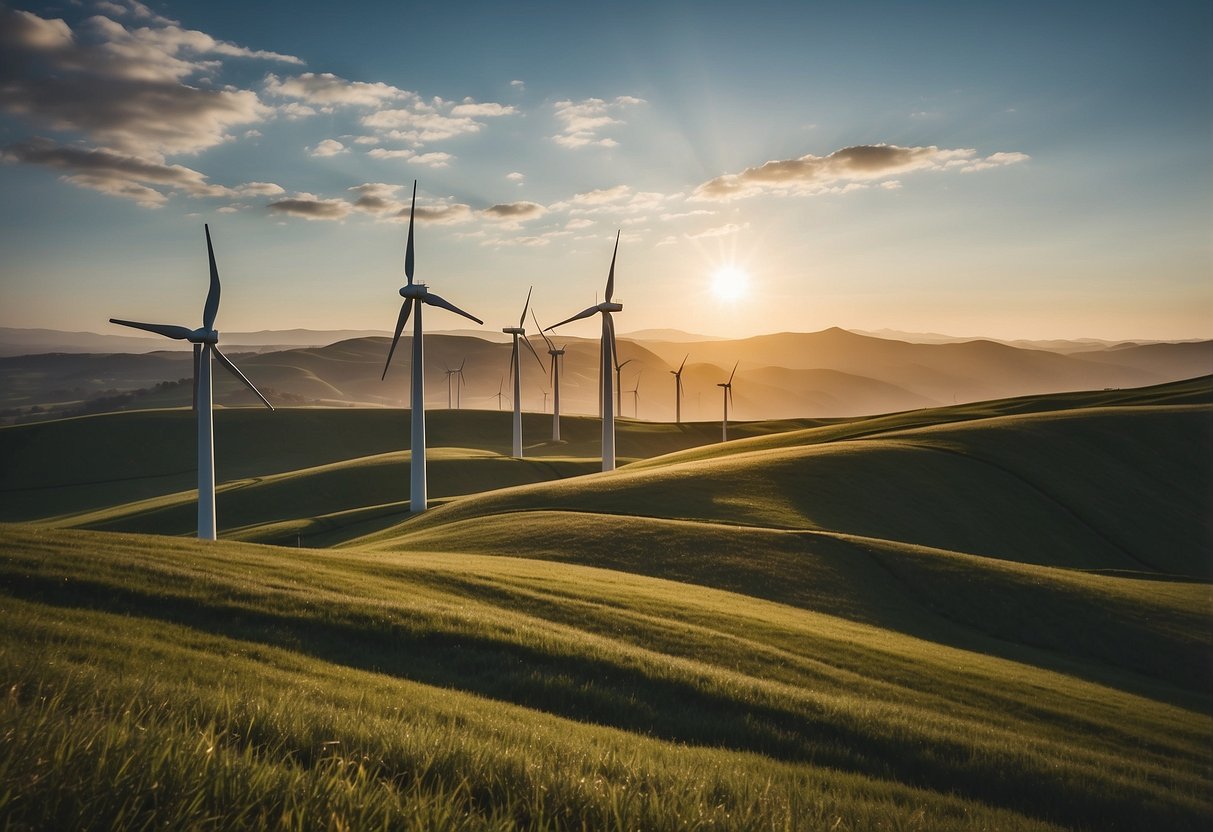
Concentrated Solar Power Developments
Concentrated Solar Power (CSP) systems use mirrors or lenses to focus sunlight onto a small area, typically to produce heat that drives a thermal power plant. New developments in CSP include advanced materials for mirrors and receivers, which enhance durability and efficiency.
One notable advancement is the integration of molten salt as a thermal storage medium. Molten salt retains heat for extended periods, allowing CSP plants to generate electricity even when the sun isn’t shining. Improvements in heliostat design and control systems have also boosted CSP efficiency, making it a competitive option in the renewable energy landscape.
Innovations in Wind Energy

Wind energy technology has rapidly advanced, bringing forward new and effective ways to harness wind power. Offshore wind farms and floating wind turbines are two notable innovations transforming the landscape of renewable energy.
Offshore Wind Farms
Offshore wind farms are becoming increasingly popular due to their ability to leverage stronger and more consistent winds compared to onshore sites. These installations are situated in bodies of water, usually in the ocean, where wind speeds are higher and less turbulent. This results in more efficient energy production and a higher capacity factor.
One of the key advancements in this area is the development of larger turbines, which can generate more power from the same amount of wind. Modern offshore turbines now reach capacities of up to 15 MW, significantly boosting energy production. Additionally, improved materials and engineering have led to more durable and longer-lasting turbines, reducing maintenance costs and increasing the lifespan of these installations.
Offshore wind farms also minimize land use concerns, making them an attractive option for densely populated regions. Although they require significant initial investment, the long-term benefits and higher energy yields make them a pivotal innovation in wind energy.
Floating Wind Turbines
Floating wind turbines represent a breakthrough in the ability to harness wind energy in deep waters where traditional fixed-bottom turbines cannot be installed. These turbines are mounted on floating structures anchored to the seabed with mooring lines, making it possible to install them in ocean depths exceeding 60 meters.
This innovation opens up vast new areas for wind energy development, particularly in regions with steep continental shelves. Floating turbines can be positioned further offshore, where winds are even stronger and more consistent, leading to higher energy output. This flexibility also reduces visual pollution and potential conflicts with other marine activities closer to shore.
Research and pilot projects have shown promising results for floating wind technology. Advances in lightweight yet strong materials and innovative design solutions are making these turbines increasingly viable and cost-effective. As this technology matures, it is expected to play a crucial role in meeting global renewable energy targets.